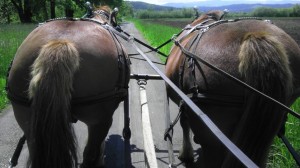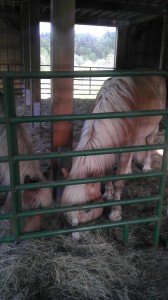As the old year comes to an end and a new one dawns, I am reflecting on some of the news stories that came across my little desk recently:
With the employment numbers coming to light, many are calling for more research into why technology firms lack diversity. The Minority Media and Telecom Council cites the abysmal racial employment percentages: 70.9 white, 12.3 Asian, 7.2 Latino, and 3 black. These numbers said the MMTC, “closely resemble the statistics of the broadcasting industry in the late 1960’s.” It notes “troubling employment patterns and practices in the technology sector”.
The LA Times, in a widely read op-ed piece, speculated on the causes of the dropping percentage of female tech employees. They stand at 15%, which is lower than the peak female employment in 1989. Why are women, who make up 50% of computer science majors in college, leaving technology mid-career?
The number of homes within city limits that have no internet access, not even dialup, is shockingly high. Even where access is available, the price is just too high for most to afford it. See, it’s not just the rural areas that need better connectivity.
But there were good stories, too. Frontier is bringing 1Gb service to Oregon, as well as other areas, as they expand their services to more rural areas. The National Labor Relations Board determined that workers are allowed to use company email, after hours, to discuss work issues. This ruling protects workers’ rights to organize in a 21st century, remote-access workplace.
This year has many opportunities for us to determine what type of internet we want and how we are going to use it for work, home, and school. The FCC, after reviewing the millions of comments on net neutrality, may be ruling on changes to the internet in February. I hope they don’t muck it up.
More people are cutting their cable provider and picking up their entertainment online. (Comcast’s incredible bad, notoriously terrible customer service certainly isn’t helping things…) That’s saving them money and they get to watch shows when they want to. People are also moving their phones from expensive, big name companies to much more reasonable plans. (There is absolutely no reason to ever pay over $100 a month for smartphone service. I pay $35 for unlimited everything.)
Yep, change seems to be the only constant when it comes to technology.




